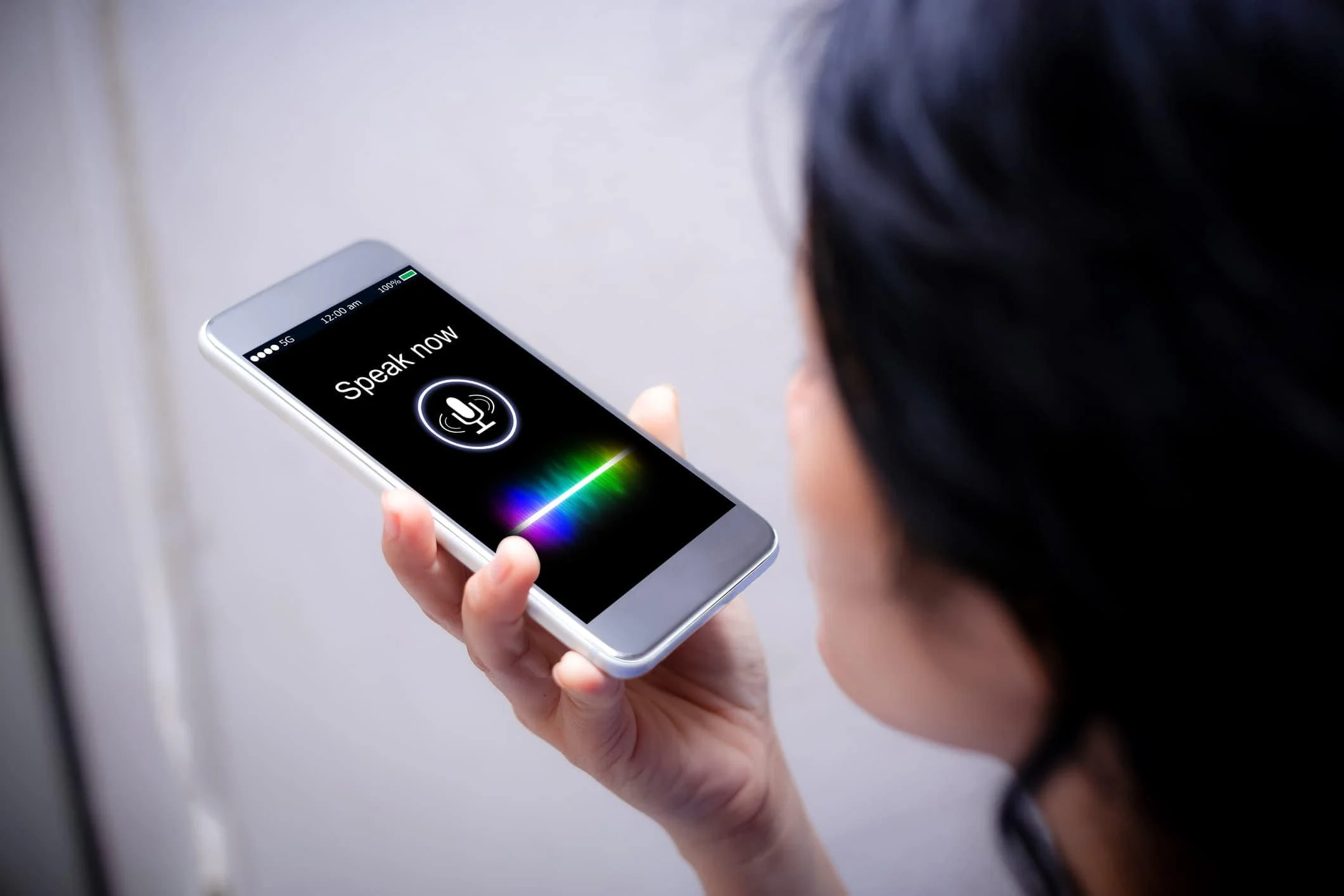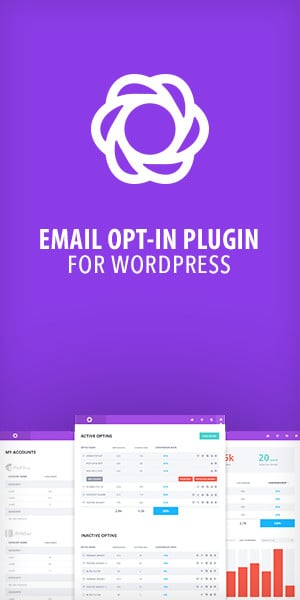Voice technology is rapidly evolving, with increasing numbers of users relying on voice assistants such as Siri, Alexa, and Google Assistant for everyday tasks. As voice commands become more prevalent, web designers are now integrating voice user interfaces (VUI) to cater to this trend. But what exactly is a VUI, and why is it becoming essential in web design?

Understanding Voice User Interfaces (VUI):
VUI refers to systems that allow users to interact with a device through voice commands. Instead of clicking buttons or typing text, users can simply speak to navigate websites, make searches, or interact with content. With natural language processing and AI advancements, VUIs are becoming more intuitive and reliable.
Key Benefits of VUI in Web Design:
- Enhanced Accessibility: VUI makes websites more accessible for people with disabilities, allowing for hands-free navigation.
- Improved User Experience: Voice interaction is quicker and more convenient, enabling a smoother user journey.
- Hands-Free Operation: Users can multitask while interacting with websites using voice commands, increasing engagement.
- Personalized Interactions: VUI offers personalized experiences, such as tailored responses based on user preferences and history.
VUI and Accessibility in Web Design:

Web accessibility is a major focus for modern web designers, and VUI plays a pivotal role in making websites more inclusive. By integrating voice commands, websites can provide access to users who may find traditional interfaces challenging, such as those with visual impairments or limited mobility.
How VUI Enhances Accessibility:
- Voice Navigation: Users can verbally instruct the website to move through pages or find specific content.
- Voice Search: Search functionality becomes more intuitive as users simply ask questions or give commands.
- Text-to-Speech: Websites can respond with audible feedback, reading out content or confirming user actions.
Challenges of Integrating VUI in Web Design:
While VUI offers numerous benefits, its integration into web design isn’t without challenges. Designers must consider the complexities of voice recognition, privacy concerns, and user behavior when implementing VUI.
Common Challenges:
- Voice Recognition Accuracy: Ensuring that the interface understands various accents, dialects, and languages is critical for VUI success.
- Privacy Issues: Users may have concerns about their voice data being recorded or stored, requiring websites to ensure secure data handling.
- User Behavior Adaptation: Not all users are comfortable with voice commands, so providing a balance between traditional interfaces and VUI is essential.
Examples of Voice-Enabled Websites:
Several companies have already embraced VUI on their websites, offering users a unique experience. One such example is Dominos, where customers can place orders using voice commands. Another is Adobe, which uses voice commands in its design software to enhance user efficiency.
Voice user interface is no longer a futuristic concept – it’s here, and it’s transforming the way we interact with websites. As VUI continues to develop, web designers must consider its integration to offer better accessibility, improved user experiences, and innovative solutions. While challenges remain, the opportunities for creating seamless, voice-enabled websites are vast, and the future of web design is undoubtedly voice-driven.







